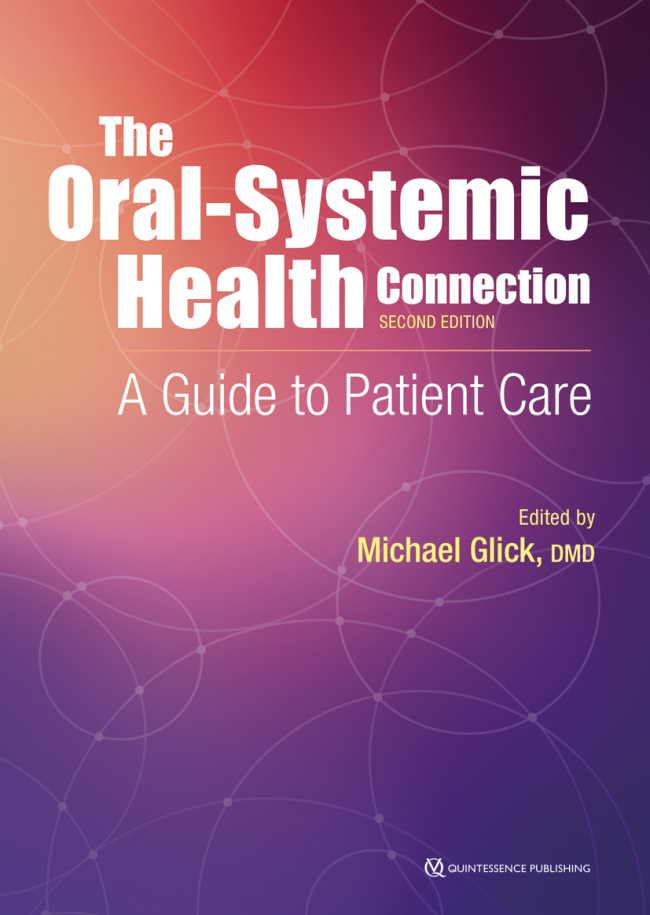Quintessence International, 9/2022
DOI: 10.3290/j.qi.b3405125, ID de PubMed (PMID): 36112017Páginas 741-742, Idioma: InglésGlick, Michael / Ackerman, MarcQuintessence International, 3/2021
DOI: 10.3290/j.qi.b953233Páginas 193-194, Idioma: InglésGlick, MichaelQuintessence International, 6/2005
Páginas 423-436, Idioma: InglésParisi, Ernesta/Glick, MichaelLymph node enlargement may be an incidental finding on examination, or may be associated with a patient complaint. It is likely that over half of all patients examined each day may have enlarged lymph nodes in the head and neck region. There are no written guidelines specifying when further evaluation of lymphadenopathy is necessary. With such a high frequency of occurrence, oral health care providers need to be able to determine when lymphadenopathy should be investigated further. Although most cervical lymphadenopathy is the result of a benign infectious etiology, clinicians should search for a precipitating cause and examine other nodal locations to exclude generalized lymphadenopathy. Lymph nodes larger than 1 cm in diameter are generally considered abnormal. Malignancy should be considered when palpable lymph nodes are identified in the supraclavicular region, or when nodes are rock hard, rubbery, or fixed in consistency. Patients with unexplained localized cervical lymphadenopathy presenting with a benign clinical picture should be observed for a 2- to 4-week period. Generalized lymphadenopathy should prompt further clinical investigation. This article reviews common causes of lymphadenopathy, and presents a methodical clinical approach to a patient with cervical lymphadenopathy.
Palabras clave: cervical lymphadenitis, cervical lymphadenopathy, clinical evaluation, differential diagnosis, head and neck lymphadenopathy, lymphadenitis, lymphadenopathy, medications and lymphadenopathy, toxoplasmosis





